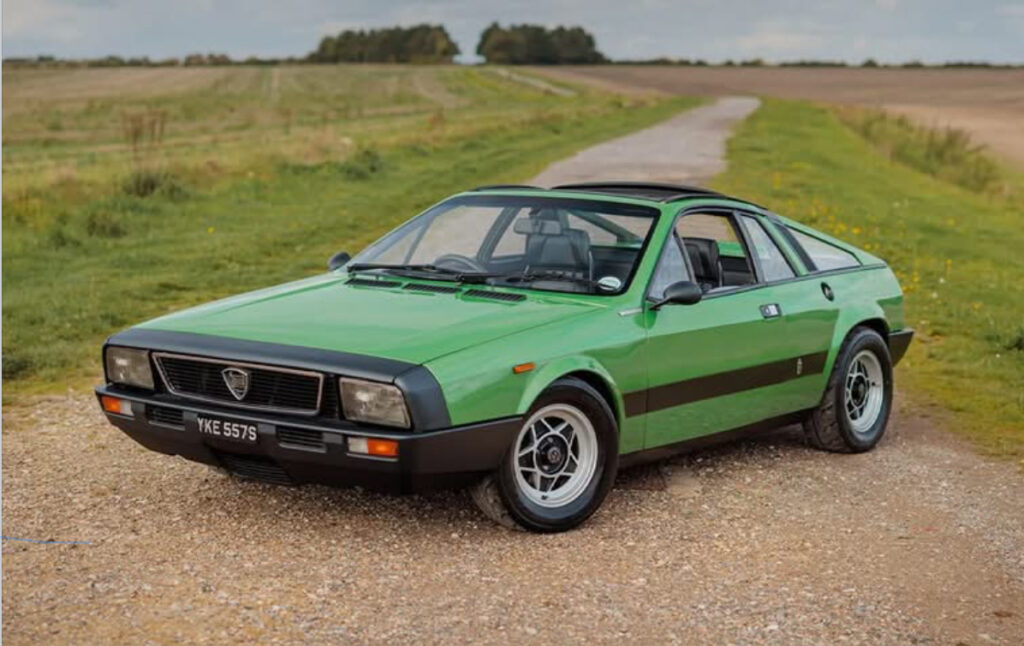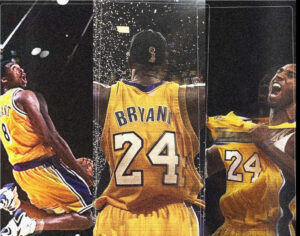In the rich tapestry of Italian automotive history, the Lancia Montecarlo stands out as a car full of promise—daring in design, noble in ambition, and ultimately held back by the very era that birthed it. Introduced in 1975, the Montecarlo marked a bold new chapter for Lancia and a historic first for design house Pininfarina, which had until then contributed to—but never solely executed—a complete production car.
To the untrained eye, it had the look of something far more exotic. Low, angular, and confidently proportioned, the Montecarlo appeared every bit a junior Ferrari. In reality, it was Lancia’s attempt to democratize the mid-engine layout, once reserved for supercars, and bring it into the hands of enthusiasts craving style and dynamism without the cost—or ego—of a Maranello badge.
A Radical Shift for Lancia
The Montecarlo was more than a new model—it was a philosophical pivot. For a brand long associated with rally domination, technical complexity, and bespoke engineering, the Montecarlo (initially called the Beta Montecarlo, though unrelated mechanically to other Beta models) was a chance to prove that Lancia could make something emotional. Something that wasn’t just competent, but cool.
At its heart was a 2.0L inline-four, mounted transversely behind the cockpit. Power figures weren’t headline-grabbing—especially in the emissions-strangled U.S. version, known as the Scorpion, where displacement dropped to 1.8L and output fell to just 81 horsepower. But on European roads, the Montecarlo offered balance, feedback, and agility in a compact package that made you feel connected—not just to the car, but to the road.
The Design: A Baby Supercar
What made the Montecarlo truly magnetic was its design. Pininfarina went all in—clean sheet, no compromise. From its wedge-like stance to the delicate wraparound bumpers and subtle rear haunches, the Montecarlo looked faster than it was, and that was sort of the point. This was accessible exoticism, and it turned heads whether parked beside Alfas or Alitalias.
Inside, things were more modest—simple materials, straightforward layout—but visibility and driving position made it feel like a machine designed around the driver.
The Scorpion’s American Dilemma
When Lancia attempted to bring the Montecarlo stateside under the name Scorpion (due to Chevrolet’s claim on the Monte Carlo name), it faced the full brunt of 1970s U.S. regulation. Emissions standards and safety requirements forced compromises: detuned engines, heavy bumpers, and altered ride heights that blunted the car’s original dynamics.
Worst of all was the brake system. Early Montecarlos used vacuum-assisted brakes that were overly sensitive to the car’s light weight, leading to unpredictable lockups and earned the car a reputation for being downright scary under hard braking. Lancia responded with revisions in the second series (1980–81), removing the servo assist altogether—a rare case of removing technology to improve safety.
Rally DNA That Almost Made It
For all its quirks, the Montecarlo found a second life in motorsport. In heavily modified form, it became the basis for the Lancia 037 Rally—the last rear-wheel-drive car to win the World Rally Championship (in 1983). That machine shared little more than layout and silhouette with the production Montecarlo, but its very existence cemented the model’s importance in Lancia’s rally legacy.
A Cult Favorite, Not a Classic
Today, the Montecarlo and Scorpion occupy an interesting space in collector circles. They’re not fast. They’re not famous. But they are genuine—a rare moment where an Italian brand handed full creative freedom to a design house and let the chips fall where they may.
Values remain relatively accessible, and for the brave few who take the plunge, the reward is a car that offers a kind of analog purity that’s almost gone from the modern road. When well sorted (and many have been), the Montecarlo delivers balanced handling, striking looks, and enough rarity to spark a conversation at any cars & coffee.
Flow
The Lancia Montecarlo was never destined to be a bestseller. It was too idiosyncratic, too imperfect, too far ahead of—or behind—its time. But it was also bold. A statement that Lancia could make something beautiful. That Pininfarina could build a car, not just design one. That maybe, just maybe, sports cars didn’t have to be exotic to be exciting.
The Montecarlo didn’t fail. It simply came out in a world not quite ready to celebrate what it offered.
No comments yet.








